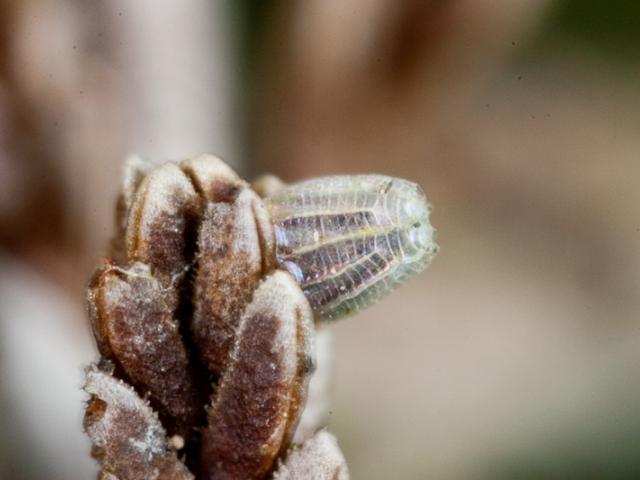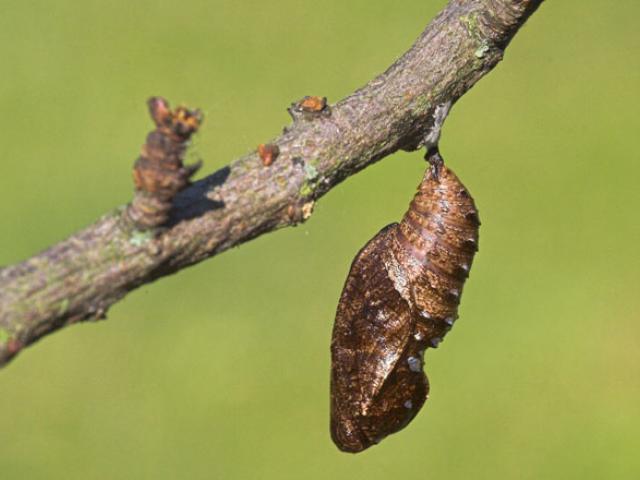The High Brown Fritillary is undoubtedly the UK’s most threatened butterfly. It has declined in distribution by a staggering 96%, disappearing from most of England and Wales.
The butterfly is now restricted to just four landscapes, three in south-west Britain (Glamorgan Brackenlands, Dartmoor, Exmoor) and one in north-west England (Morecambe Bay Limestones/South Cumbria Low Fells). By 2014 only 37 populations remained with 38 population extinctions occurring in the last 20 years, a 51% loss.
Unsurprisingly, conserving the High Brown Fritillary has been a top priority for Butterfly Conservation. Since 2005 a landscape-scale approach has been adopted in the four remaining landscapes, with management targeted at improving habitat quality within and connectivity between both occupied and unoccupied sites in the same networks (sites within about 2km of each other are considered to comprise a network; a single landscape may comprise several networks).
In the UK the High Brown Fritillary occupies a very narrow ecological niche, because the larvae depend on violets (the only hostplant) growing in a very warm microclimate. Such conditions are provided by two different habitats: Bracken/grass mosaics and moss-covered limestone outcrops in woodland clearings. Between bouts of feeding the larvae bask on dead Bracken litter/standing trash where there is little grass cover or on short, sparse vegetation, where the temperature may be 15-20 °C higher than in surrounding grassy vegetation.

Since 2005, conservation advice has been provided on 80% of occupied/former sites in the four landscapes and over 270 hectares of management implemented across 53% of occupied/former sites. Techniques to restore suitable habitat include Bracken (e.g. cutting, rolling), bramble and scrub management on Bracken/grass mosaic sites, as well as facilitating appropriate grazing. On woodland sites, the focus has been on creating and connecting open space through coppicing, clear-felling, ride widening, ride management.
A paper1 recently published in the Journal of Insect Conservation summarises the current status of the High Brown Fritillary and analyses the impact of this conservation effort. Where management was undertaken, significant increases in abundance compared to the national trend were recorded for some site networks or some populations in the four landscapes. Colonisations or recolonisations occurred in response to management/advice on 16 sites, all within 1 km of the nearest population, demonstrating a landscape-scale approach has been effective. However, responses to management on the Morecambe Bay Limestones/South Cumbria Low Fells have been mixed, where 12 of the 16 (re)colonisations occurred, yet overall abundance has continued to decline here and there have been further extinctions.

One possible explanation for the mixed results in Morecambe Bay is changes to the breeding habitat. In 2004, detailed habitat condition assessments were undertaken on five sites and these were repeated in 2016. The results were surprising, revealing significant changes in just 12 years. Declines in the cover of violets occurred on all five sites, of the order of 50% overall, and these were coupled with increased grassiness and less Bracken litter/standing trash. In other words there was now less hostplant for the High Brown Fritillary caterpillars to feed upon in a less suitable microclimate. The authors go on to discuss what factors may be driving these changes, both in terms of the population dynamics of the butterfly and the condition of the habitat. Climate change and nitrogen deposition, or a combination of the two, were considered likely candidates for driving habitat change leading to longer growing seasons and increased grassiness.
Other species of butterfly are also in decline in Morecambe Bay and across many different sites. A high proportion of these sites are actively managed for nature conservation, often using different regimes, which suggests some overarching drivers are at work here rather than the wrong management applied across the whole landscape. Whilst this new paper summarises how much has been achieved to conserve the High Brown Fritillary in the UK, it also opens up new areas of urgent research.
Dr Sam Ellis
Director of UK Operations
References
- Ellis, S., Wainwright, D., Dennis, E.B., Bourn N.A.D., Bulman, C.R., Hobson, R., Jones, R., Middlebrook, I., Plackett, J., Smith, R.G., Wain, M. & Warren, M.S. (2019) Are habitat changes driving the decline of the UK’s most threatened butterfly: the High Brown Fritillary Argynnis adippe (Lepidoptera: Nymphalidae)? Journal of Insect Conservation https://rdcu.be/bowZU


